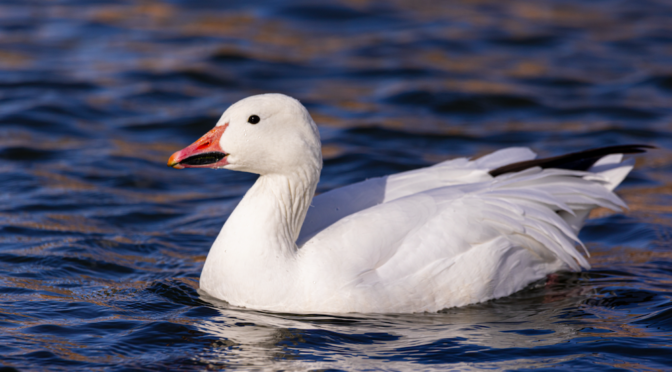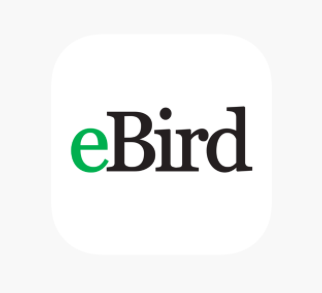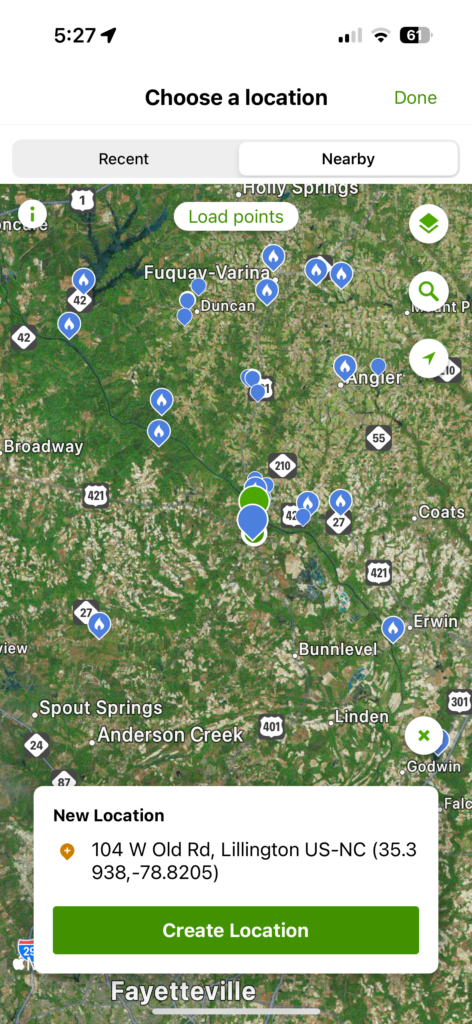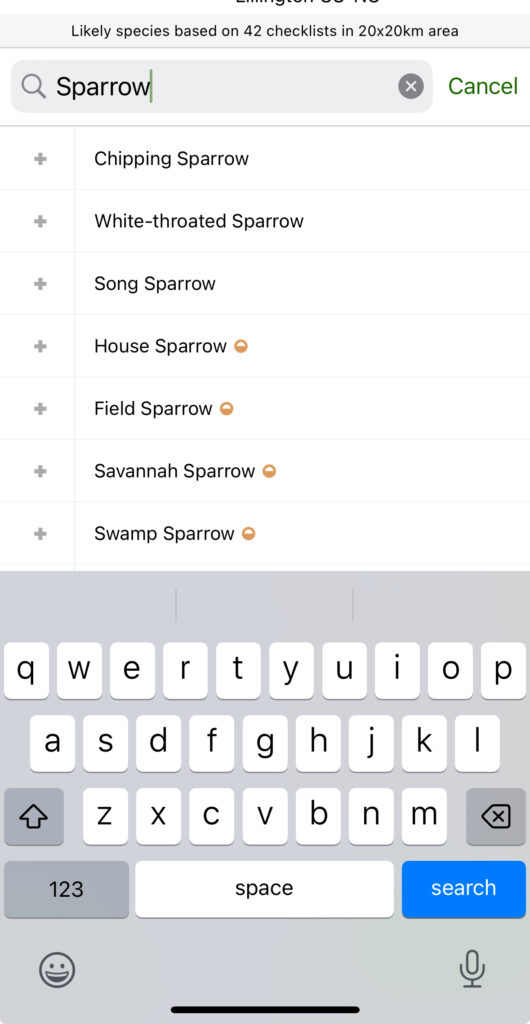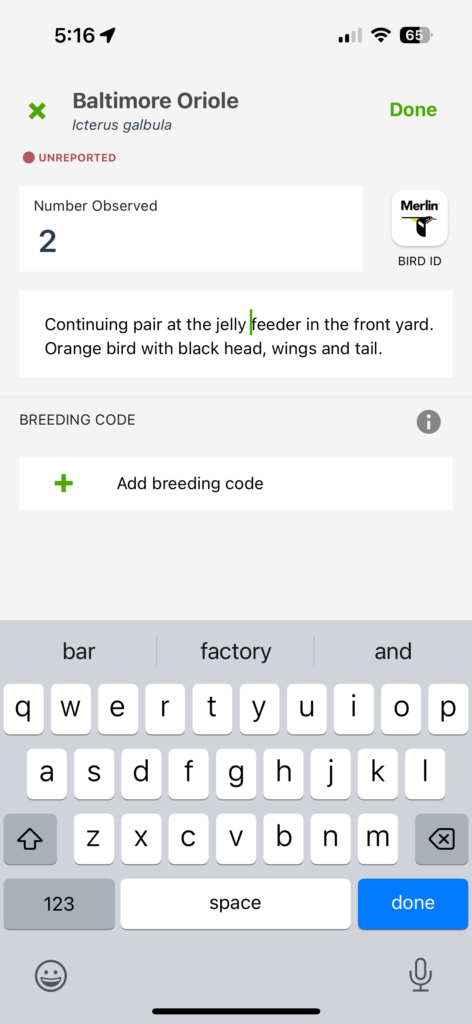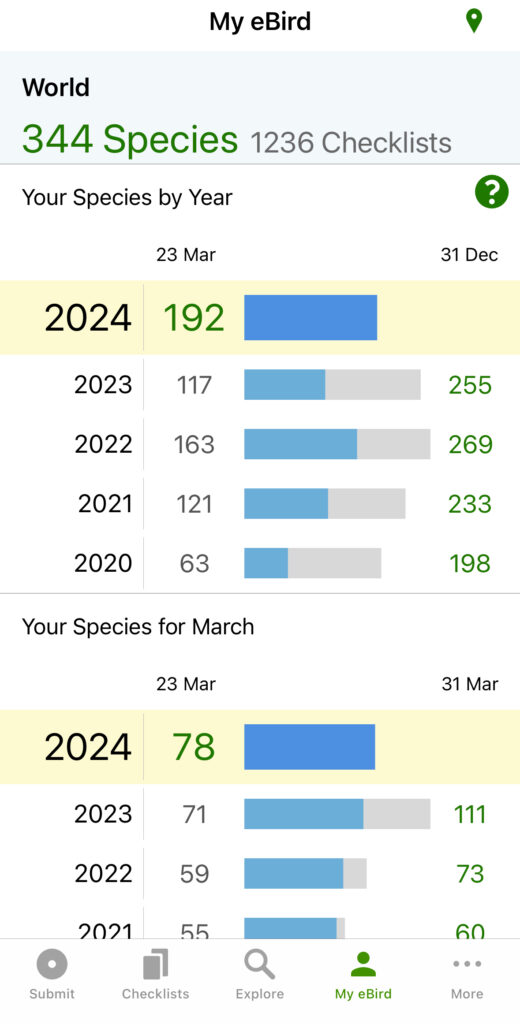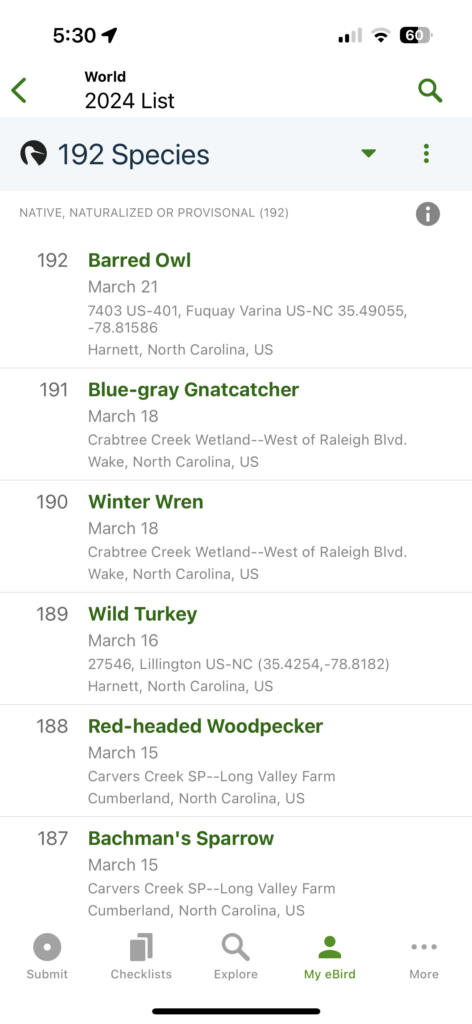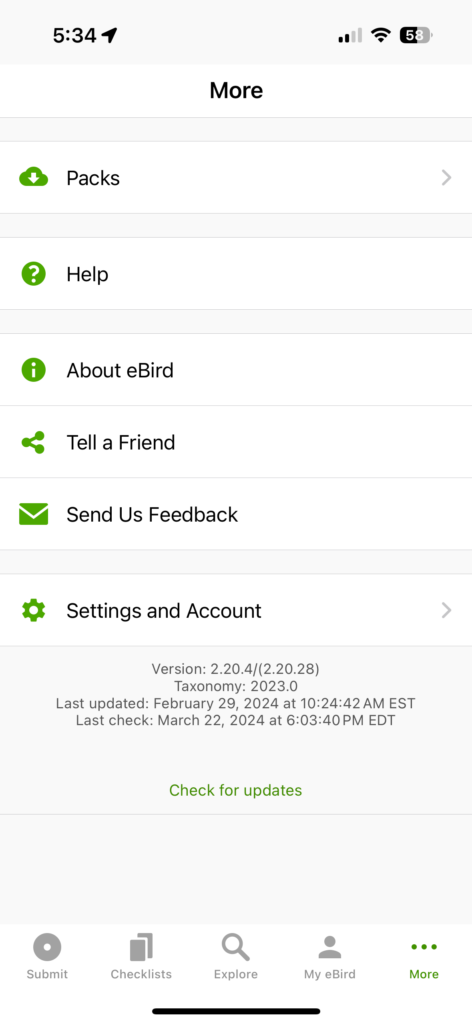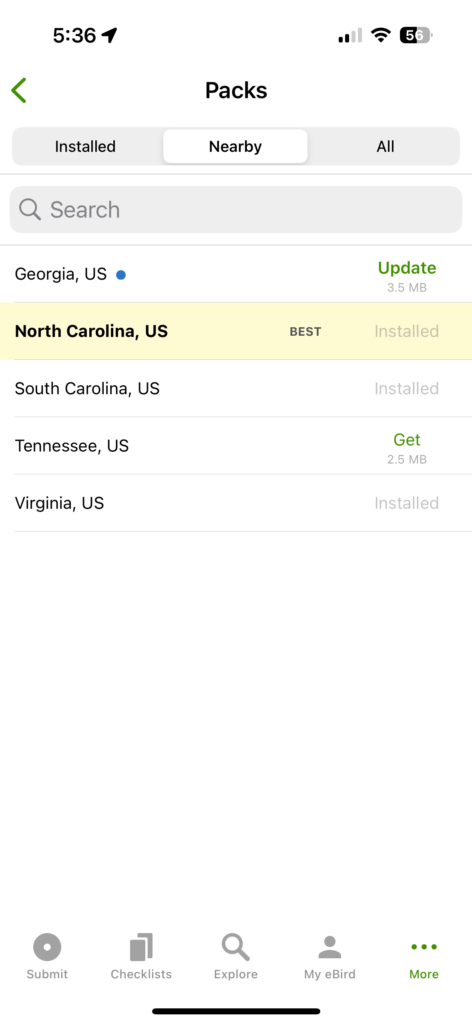By Sally Siko
Few birds can match the tenacity of the Red-winged Blackbird.
Each spring the males put on a display to attract a mate, puffing out their feathers, flashing those namesake red and yellow epaulets to all passers by while calling out loudly in an effort to impress the ladies or challenge rival males.

They become fiercely territorial, diving at intruders and interlopers alike seemingly disregarding the factors of size or species that they deem a threat.
I’ve seen Red-winged Blackbirds go after Hawks and Owls on occasion, successfully chasing away the much larger birds (seemingly) unbothered by the fact that technically the raptors could turn around and turn the tables on them around at anytime.
No such drama ensued when I took these series of shots while birding at Huntington Beach State Park in SC.
Instead, this handsome fella was just showing off.
It was fun to stop and get a couple pics of him as he strutted, preened and called out to the females hanging out with him at the pond.
What a cool looking bird!


Now that the breeding season is underway, Red-winged Blackbirds are are building their nests which are constructed from woven grasses and other plant materials, often hidden among dense vegetation near water.
Interestingly, although they are territorial, these guys are actually communal nesters comprising hundreds of pairs. This communal nesting behavior provides protection against predators which leads to a higher survival rate for the chicks.
These beautiful birds are year round residents of the Carolina’s and are found everywhere from the mountains in the west to our coastal areas.
Look for them near any body of brackish or freshwater water, but especially near marshes, swamps, and ponds in agricultural areas.
Btw, I’ve got a ton of fun group birding trips in North Carolina, South Carolina, Maine and New Jersey open for booking from now through December.
Check out the calendar below and book your next birding adventure with me today!
Photos by @sally_siko of @bestlife_birding on my mighty mirrorless monster, the @canonusa #R5














































